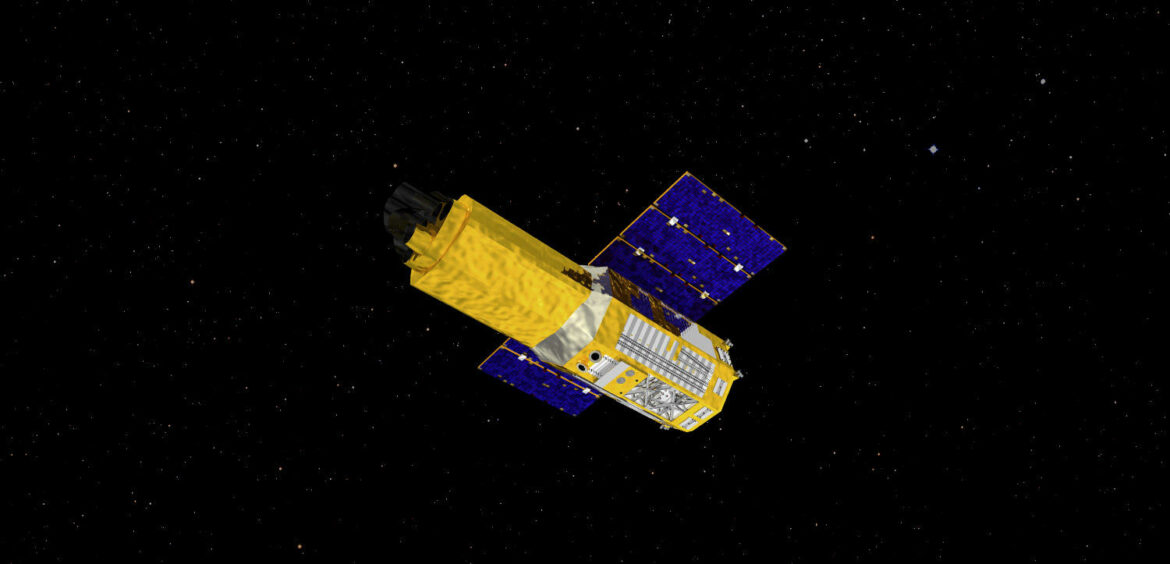The Suzaku X-ray satellite (also known as the Astro-E2 satellite) is a Japanese astronomical satellite launched on 10 July 2005. It is equipped with four X-ray telescopes and a wide field monitor. The telescope has a large effective area and high angular resolution, making it ideal for studying point sources such as active galactic nuclei and supernova remnants. The satellite also has a unique capability to perform simultaneous measurements of hard and soft X-rays, allowing for more detailed studies of the high energy universe.
The mission of Suzaku is to study the universe in the hard X-ray band (energy range 2-600 keV). This energy range is especially important for understanding the most energetic phenomena in the universe, such as black holes, supernovae, and clusters of galaxies. Hard X-rays are also useful for studying the warm/hot intergalactic medium (WHIM), which is thought to make up much of the “missing” matter in the universe.
Suzaku was launched on 10 July 2005 atop an M-V rocket from Uchinoura Space Center in Kagoshima Prefecture, Japan. The spacecraft entered low Earth orbit with a perigee of 565 km (351 miles) and an apogee of 703 km (437 miles), inclined at 31 degrees from the equator. After launch, Suzaku performed a series of maneuvers to adjust its orbit until it reached its final configuration with a perigee of 650 km (404 miles) and an apogee of 700 km (435 miles). This orbit gives Suzaku approximately 16 hours per day above Earth’s atmosphere, which minimizes exposure to atmospheric background radiation and allows for uninterrupted observations.
Suzaku carries four co-aligned X-ray telescopes: two European Photon Imaging Cameras (EPICs), one developed by Germany’s Max Planck Institute for Extraterrestrial Physics and led by Principal Investigator Jörn Wilms; and another led by UK principal investigator Keith Mason; plus two Soft X–Ray Telescopes (SXTs), one built by NASA’s Goddard Space Flight Center under US principal investigator Robert Petre; and another built by Mitsubishi Electric under Japanese principal investigator Tadayasu Dotani. In addition, there is a Wide Field Monitor instrument that provides imaging over a 1° field of view in three broadband filters covering energies from 0.3–12 keV; this instrument is led by Japanese principal investigator Hiroaki Tsunemi.


